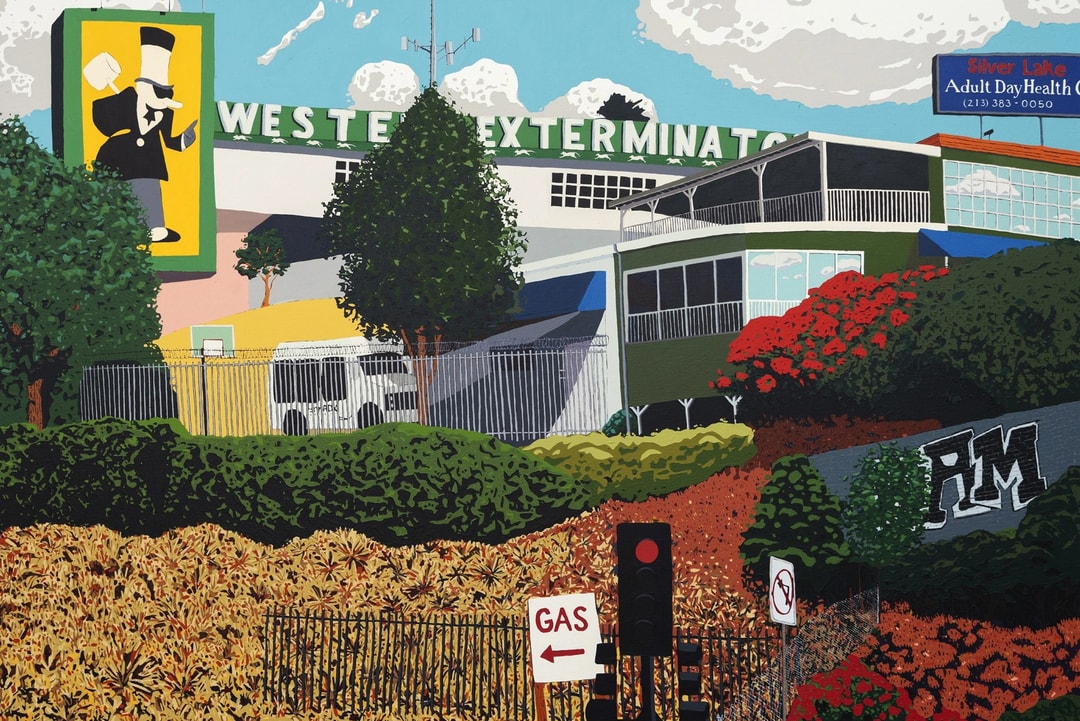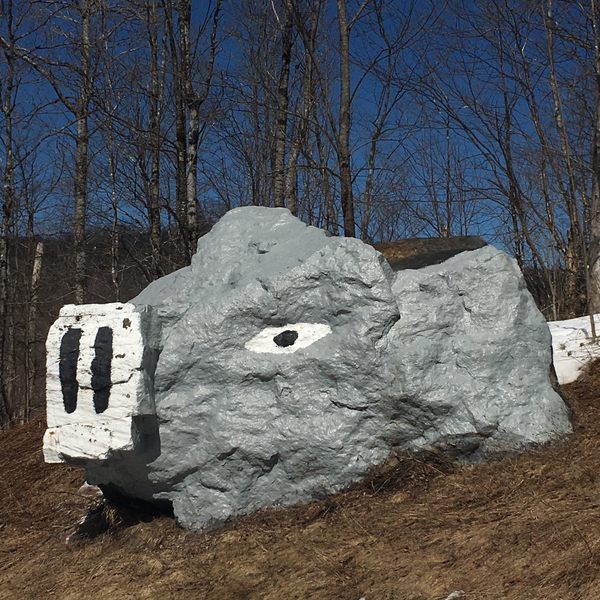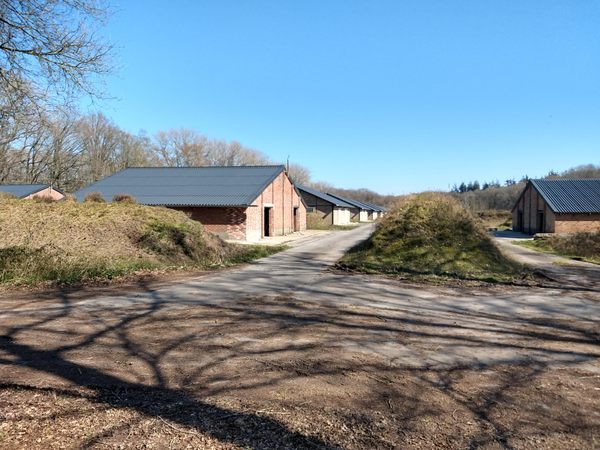Parque Los Conos in Oaxaca, Mexico
CONASUPO (COmpañía NAcional de SUbsistencias POpulares, or National Company for Popular Subsistence) was a Mexican state-owned enterprise active between the 1960s and 1999. It was dedicated to the production and distribution of subsidized food products to support the alimentary subsistence of the country's working classes, especially in rural areas. Perhaps the clearest legacy to outlive CONASUPO itself was their characteristic conical granaries. Driving across much of Mexico, it is commonplace to see these cones dotting the landscape in the middle of farms and fields, either with their rock walls exposed or still covered in the white coat of paint. Often known as graneros o silos del pueblo (people's granaries/silos), these structures built with cantera stone were not functional in many areas, as their shape kept the humidity in and risk spoiling the grains within. Regardless, thousands were built across the country (a 1970 report numbered 3,620 of them). A large proportion of them were eventually destroyed or abandoned. A few of these, found not far from the center of the city of Oaxaca, have not only been engulfed by urban sprawl, but actually became a part of the city's infrastructure anchoring a park and playground next to a public school. Known as the Parque de los Conos (Cones Park), its namesakes remain closed, making it unclear whether they are used for storage or are permanently abandoned. Across the country, there have been proposals to transform or repurpose these cones, including a project based out of the state of Zacatecas, to anchor a "Corn School", dedicated to teaching and developing techniques to grow this staple crop.


CONASUPO (COmpañía NAcional de SUbsistencias POpulares, or National Company for Popular Subsistence) was a Mexican state-owned enterprise active between the 1960s and 1999. It was dedicated to the production and distribution of subsidized food products to support the alimentary subsistence of the country's working classes, especially in rural areas. Perhaps the clearest legacy to outlive CONASUPO itself was their characteristic conical granaries. Driving across much of Mexico, it is commonplace to see these cones dotting the landscape in the middle of farms and fields, either with their rock walls exposed or still covered in the white coat of paint.
Often known as graneros o silos del pueblo (people's granaries/silos), these structures built with cantera stone were not functional in many areas, as their shape kept the humidity in and risk spoiling the grains within. Regardless, thousands were built across the country (a 1970 report numbered 3,620 of them). A large proportion of them were eventually destroyed or abandoned. A few of these, found not far from the center of the city of Oaxaca, have not only been engulfed by urban sprawl, but actually became a part of the city's infrastructure anchoring a park and playground next to a public school.
Known as the Parque de los Conos (Cones Park), its namesakes remain closed, making it unclear whether they are used for storage or are permanently abandoned. Across the country, there have been proposals to transform or repurpose these cones, including a project based out of the state of Zacatecas, to anchor a "Corn School", dedicated to teaching and developing techniques to grow this staple crop.






























































































































































































































































